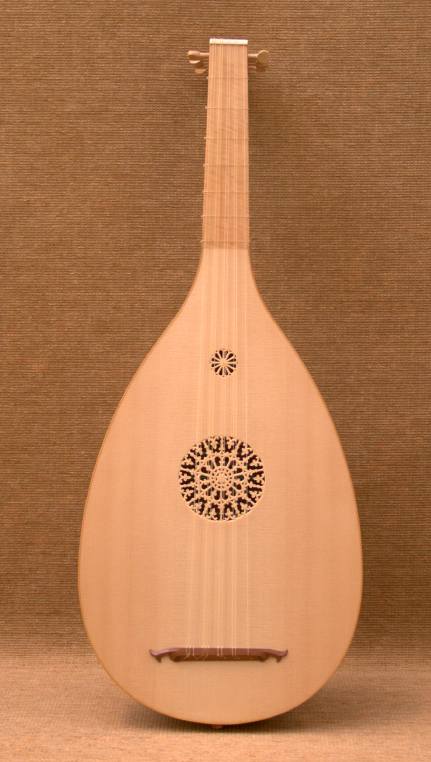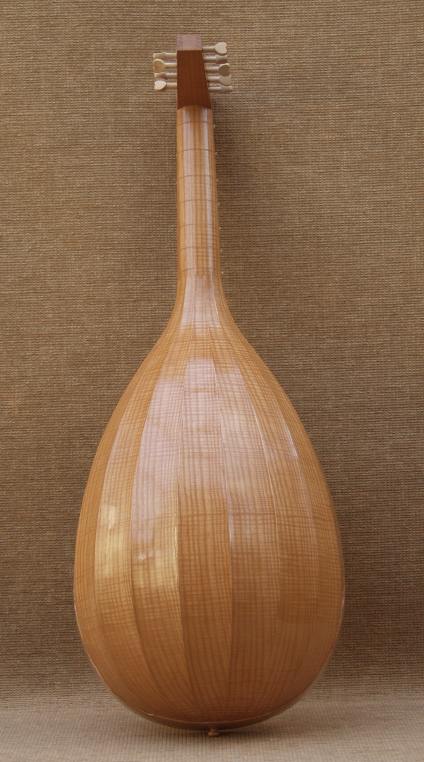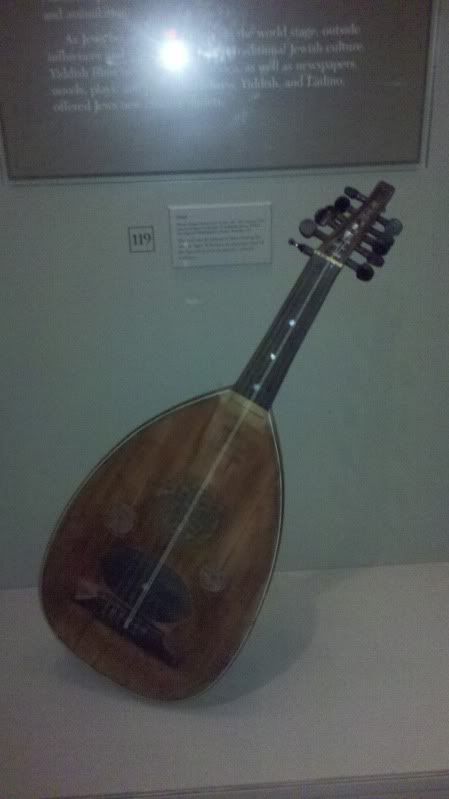Originally posted by ALAMI
What is written on the rosette was never identified.
It doesn't seem to be in Arabic, but the makers are arabs.
Lebanon was under the reign of the Ottoman Empire andTurkish was widely spoken in Tripoli in the late 19th, it was needed to get a decent job, is it
old turkish ? |













 )
)



